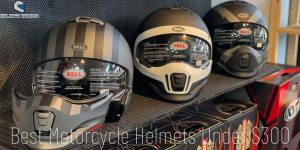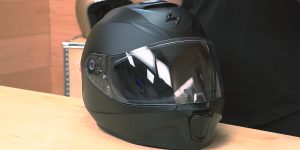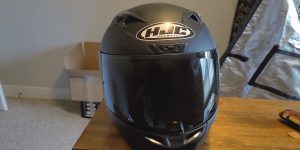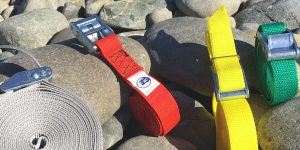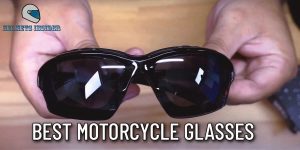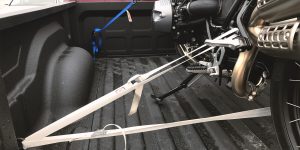There are a few things you need to think about when choosing a helmet. The most important thing is to find one that fits you well and is comfortable. You should also think about what type of riding you will be doing the most. If you will be doing a lot of mountain biking, then you will need a different helmet than if you are just going to be riding on the street. But remember to always ride safely.
Full-face helmets: their benefits and drawbacks

The pros
Full-face helmets are the most protective type of motorcycle helmet available. They are used as adventure motorcycle helmets, because they provide coverage to the rider’s entire head, including the face, jaws, and temples. This offers the most complete protection in case of an accident.
Full-face helmets also tend to be quieter than other types of motorcycle helmets. This is because they have a solid shell that covers the entire head, rather than just the top or back. This can be a major advantage for long-distance riders who want to avoid fatigue from wind noise.
Another advantage of full-face helmets is that they typically offer better visibility than other types of motorcycle helmets. This is because they have a large visor that covers the entire face. This can be a major advantage in conditions where visibility is reduced, such as during rain or fog.
Finally, full-face helmets tend to be more comfortable than other types of motorcycle helmets. This is because they provide more coverage and support for the head and neck. This can be a major advantage for riders who are looking for a more comfortable ride.

The cons
One downside of full-face helmets is that they can be more expensive than other types of motorcycle helmets. This is because they are typically made from higher-quality materials and have more features.
Another downside of full-face helmets is that they can be difficult to put on and take off. This is because they need to be secured tightly around the head, which can take some time.
They can be hot and stuffy in warm weather – not ideal if you live in a climate where summer temperatures soar. Finally, some riders find them claustrophobic and prefer the open-air feel of an open-face helmet.
Still another con is that it can be difficult to find a full-face helmet that fits well. If you have a larger head, it can be especially challenging. And even if you do find one that fits, it might not be comfortable for long rides.
Finally, full-face helmets can limit the rider’s field of view. This is because they have a large visor that covers the entire face. This can be a major disadvantage in conditions where visibility is important, such as during night riding.
So those are the pros and cons of full-face helmets. Now let’s move on to open-face helmets.
Open-face helmets: their benefits and drawbacks
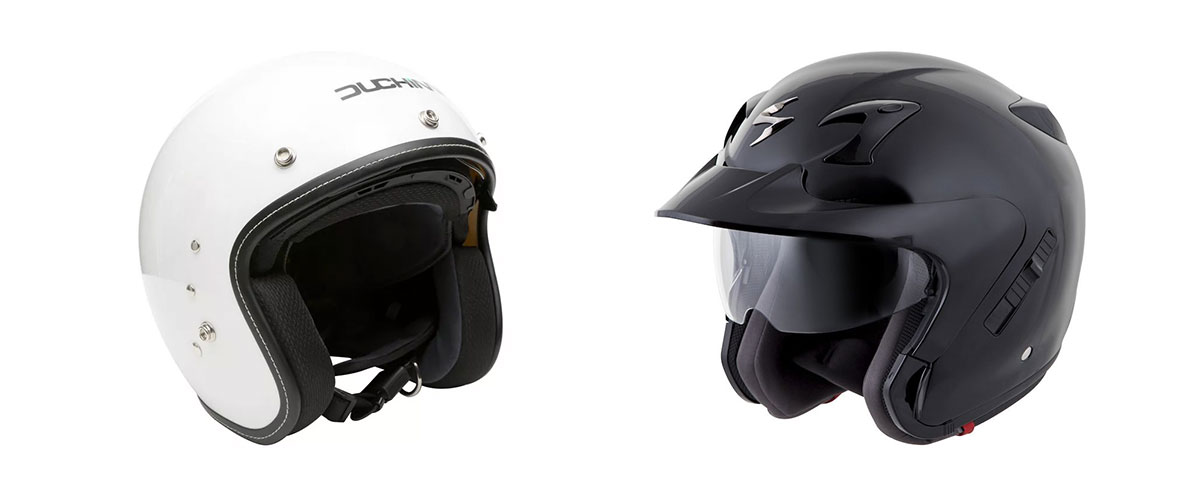
The pros
While full-face helmets offer the most protection, they’re not for everyone. If you’re looking for a little less coverage (or a lot less weight), an open-face helmet may be the right choice for you. Here are some of the benefits:
- More airflow: An open-face helmet allows more air to circulate around your head, keeping you cooler and more comfortable in hot weather.
- Better visibility: With an open-face helmet, you’ll have a wider field of view, making it easier to see traffic and obstacles around you.
- More style options: Let’s be honest – full-face helmets can look a little goofy. If you’re looking for a helmet that’s stylish as well as functional, an open-face helmet may be the way to go.
The cons
While open-face helmets offer a number of advantages, there are also a few disadvantages to take into account before making your purchase.
One of the main drawbacks of open-face helmets is that they provide less protection than full-face helmets in the event of an accident. Because open-face helmets do not cover the entire face, they leave the rider’s jaw and teeth vulnerable to impact.
Open-face helmets can be more difficult to keep securely in place during a crash, which means that they may come off during an accident and leave the rider’s head unprotected.
Finally, open-face helmets tend to be noisier than full-face helmets because they allow more air to flow around the rider’s head. This can be a major problem for riders who are trying to communicate with other riders or enjoy the sounds of nature while they ride.
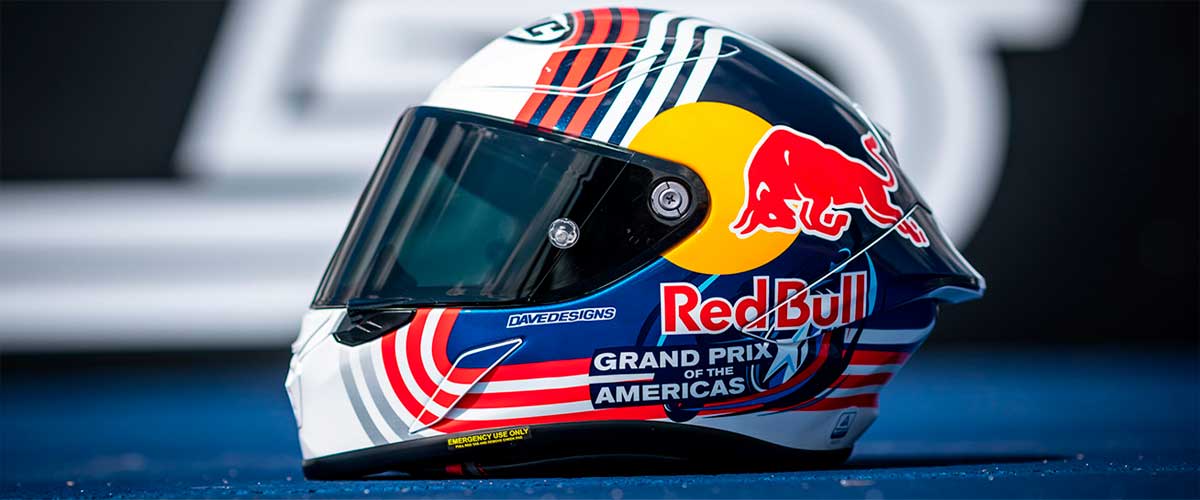
How to decide which type of helmet is right for you
The most important factor in choosing a helmet is safety. Full-face helmets offer the most protection for your head in the event of an accident. Open-face helmets leave your face exposed but still offer some protection for your head. If you are planning on doing any off-road riding, then a full-face helmet is a must. If you will only be riding on paved roads, then an open-face helmet may be a better option for you.
Another factor to consider is comfort. Full-face helmets can be hot and uncomfortable in the summer months. Open-face helmets provide more airflow and can be more comfortable to wear in the heat. If you live in a warm climate or do a lot of riding in the summer, then an open-face helmet may be a better choice for you.
You also need to consider your budget when choosing a helmet. Full-face helmets are usually more expensive than open-face helmets. If you are on a tight budget, then an open-face helmet may be a better option for you.
The decision to choose a helmet is an important one. You need to consider all of the factors mentioned above when making your choice, and always remember that riding safely will be key if you want any hope at protecting yourself on our roads or trails!







